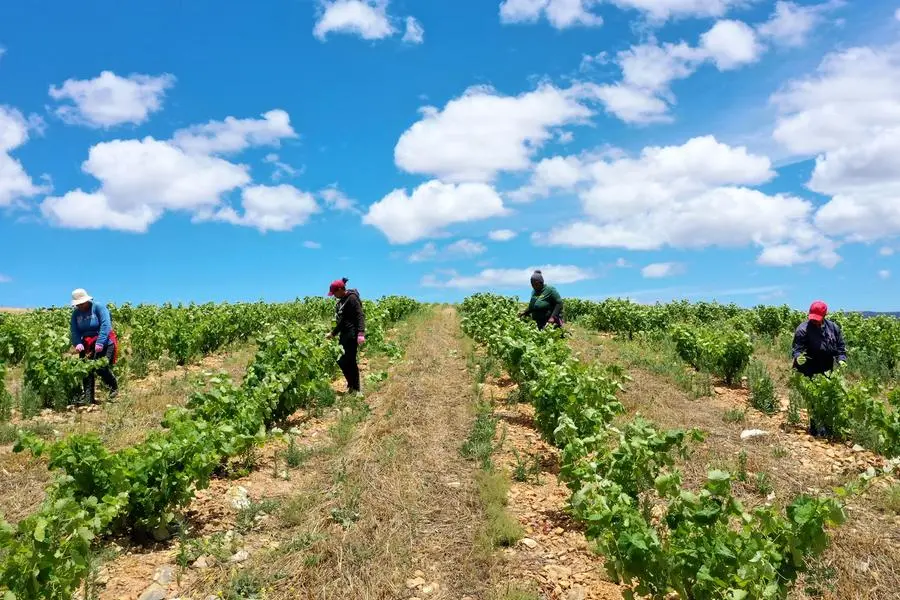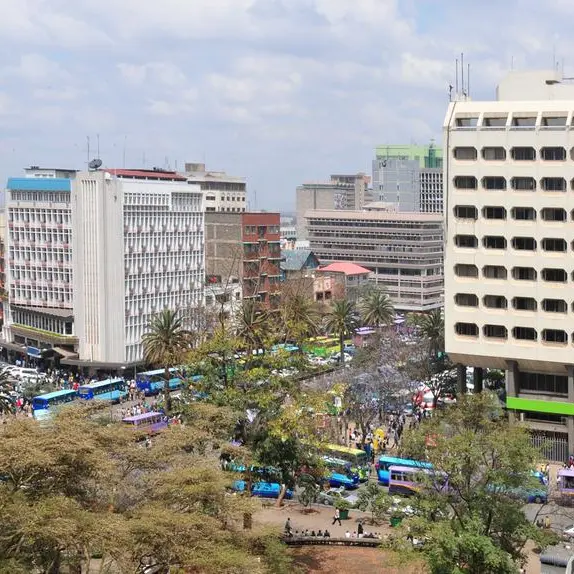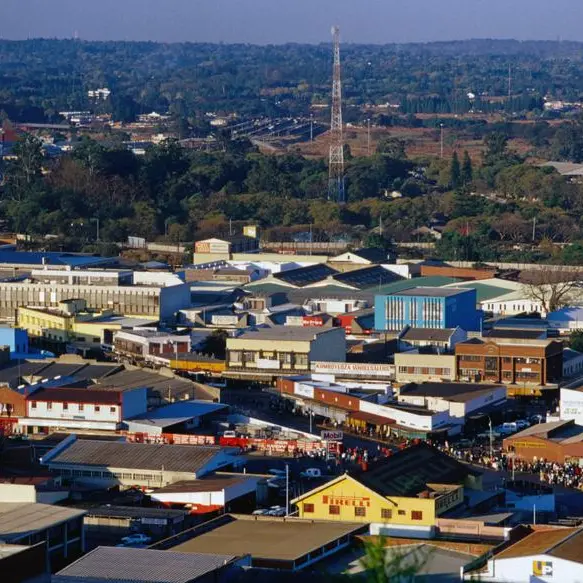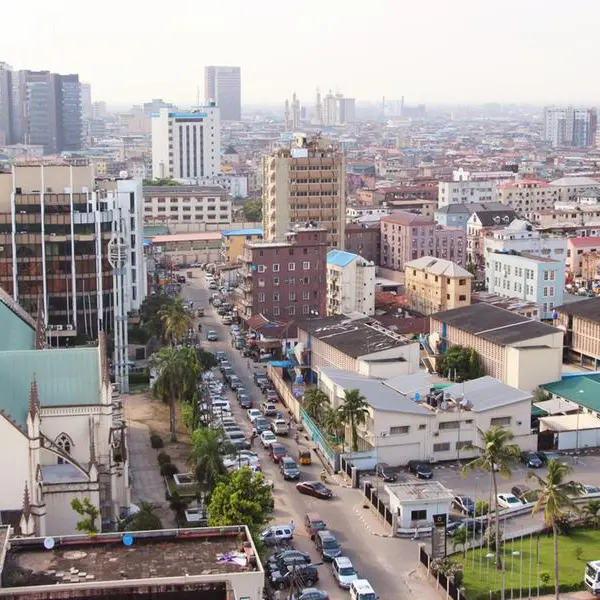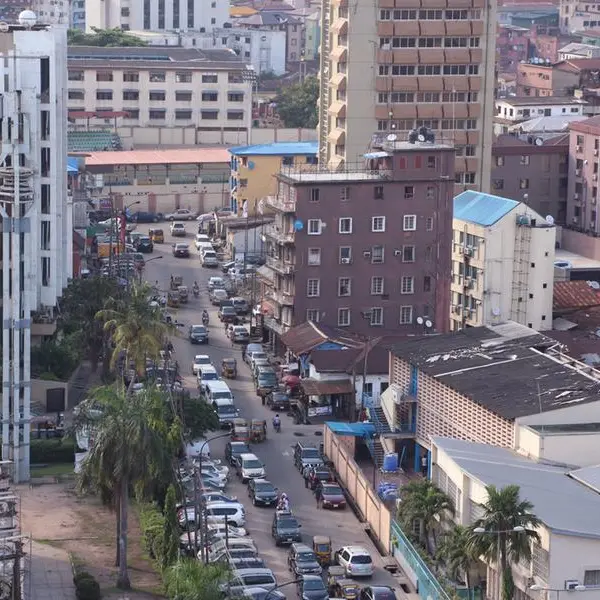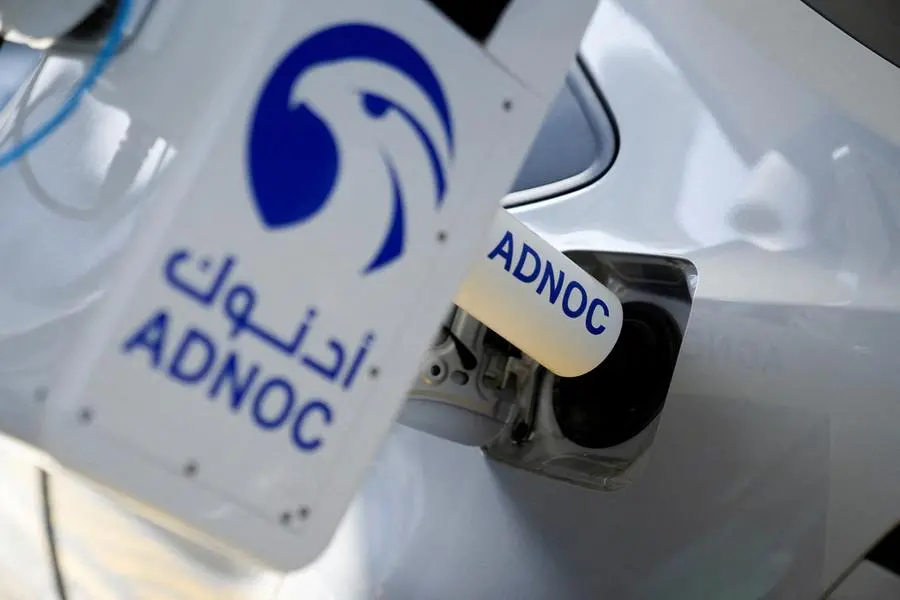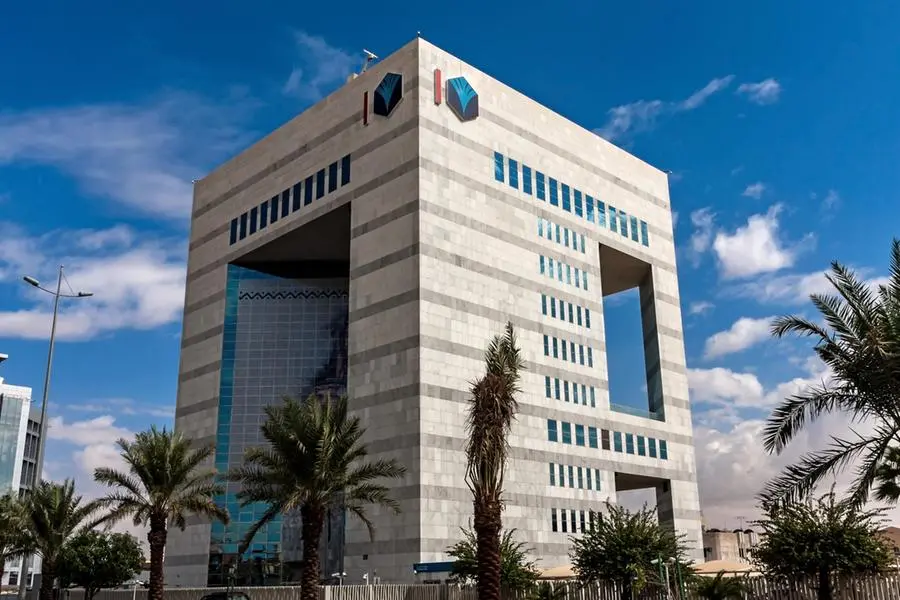PHOTO
Farm workers tend to the Shiraz bush vines on the Anysbos wine estate on November 23, 2021 near the town of Bot River in the Walker Bay wine district of South Africa's Western Cape. (Photo by David Silverman/Getty Images)
In agriculture, timing is important, particularly for planting and securing necessary financing. For grain producers in South Africa, aligning financial planning with crop cycles is essential for economic sustainability and enhanced productivity. Farmers need to submit loan applications early and ensure all necessary documentation is complete.
Planning early for financing
Timely applications provide sufficient time for the assessment, approval, and disbursement of funds, which must align with the agricultural season's calendar, and still allow farmers to plant within the optimal planting window.
Early application is also crucial for farmers to acquire production inputs at the right time. Timeous planning allows the farmer to have a facility in time to enable the purchase of essential inputs like fertiliser and mitigate the effects of possible market fluctuations which may lead to increased costs or insufficient supplies, thus impacting production costs and profitability margins.
Failing to meet these deadlines could result in missing an entire planting season, or even lead to undesired yield outputs. Therefore, itis imperative to organise finances well in advance, ideally before the season begins.
However, the forecasted improved weather conditions are likely to increase the supply of agricultural production (supply) which is likely to put prices under downward pressure and consequently the profitability at the farm level. Farmers would have to consider hedging instruments such as futures to mitigate such risk.
Preparations for the upcoming season are crucial
As the 2024/2025 summer planting season in South Africa is fast approaching, farmers can expect more favourable conditions due to the forecasted La Niña, which typically brings increased rainfall and cooler temperatures, contrasting with the previous season's El Niño that negatively impacted crops. Farmers faced a 23% production decrease in the 2023/2024 season due to El Niño conditions.
Farmers should prepare their soil early to take full advantage of the expected wetter conditions. They should consider selecting crop varieties that are resilient to potential excess moisture. We advise farmers to closely monitor weather forecasts provided by the South African Weather Services to stay updated on real-time changes and make timely adjustments to their farming strategies.
Keeping abreast of local agricultural advisories and weather updates will also be crucial in making timely and informed decisions throughout the season.
Opportunities for livestock and horticulture
The livestock and horticulture sectors also stand to benefit from improved favourable weather. Livestock farmers might see reduced feed costs, while the horticulture industry could enjoy enhanced yields due to better rainfall. Both sectors should plan finances early and invest in technologies that boost efficiency and output.
Economic relief due to interest rate cuts
The South African Reserve Bank’s (SARB) monetary policy committee (MPC) cut the interest rate by 25 basis points in its meeting held on 19 September 2024, from 8.25% (a 15-year high) to 8.00%.
This cut was widely expected given the deceleration of domestic inflation to 4.4% in August (below the 4.5% midpoint & a three-year low) 2024 from 4.6% in July 2024.
The easing of the interest rate was also influenced by the recent strengthening of the rand against the United States (US) dollar, the easing of global inflation and the decision by the US Federal Reserve to reduce its interest rate. Before this cut, the interest rate had risen by 475 basis points since November 2021 to a 15-year high of 8.25%.
The contractionary monetary policy environment put a considerable cost strain on the already indebted farmers and consumers alike. High debt servicing costs profit margins were tight and expansion plans were also curtailed.
For example, agricultural machinery sales were low in 2023. The current interest rate cut will bring relief to farmers borrowing costs, improve profitability and offer farmers an incentive to invest in their enterprises. The interest rate cut will also improve households’ disposable income which may in turn improve their demand for agricultural products.
Looking forward, from a cost pressure perspective, the rate cut is likely to bode well for the growth prospects of the agricultural sector. After having contracted by 4.8% (quarter-on-quarter, seasonally adjusted and annualised) in Q4 2023, the agricultural sector rebounded in Q1 2024, growing by 13.5% (quarter-on-quarter, seasonally adjusted and annualised).
During this period, the agricultural sector was the main positive contributor (0.3 percentage point) to overall gross domestic product growth in Q1 2024. This was a great start to the year for the sector, having contracted by 12.2% in 2023.
The growth in the agricultural sector in Q1 2024 was surprising given the challenges that were experienced by the sector which included the El Nino-induced heatwave, load shedding and inefficiencies at the ports.
The growth of the agricultural sector was supported by the growth in the horticultural sector which recorded an increase in the output of fruits. The higher output of maize and animal products also contributed positively to the growth of the agricultural sector.
The growth of the agricultural sector was evident in its export performance which grew by 6% y/y in Q1 2024. During the same period, the sector’s trade surplus grew by 20% year-on-year.
The strong transition to the La Nina weather pattern, the strong commodity prices, the easing of load shedding and improvements in logistics are expected to have a positive impact on the agricultural sector.
The agricultural sector will further be supported by the subdued input prices such as crude oil and fertilisers. From May to October 2024, diesel prices decreased by 370 cents per litre or 17%, marking a significant reduction over these six months. These decreases in diesel prices could help reduce operational and transportation costs for farmers, potentially improving their profit margins.
However, the risks remain the ongoing tensions in the Middle East which may lead to higher crude oil prices and the suppressed agricultural prices due to improved agricultural production.
All rights reserved. © 2022. Bizcommunity.com Provided by SyndiGate Media Inc. (Syndigate.info).
